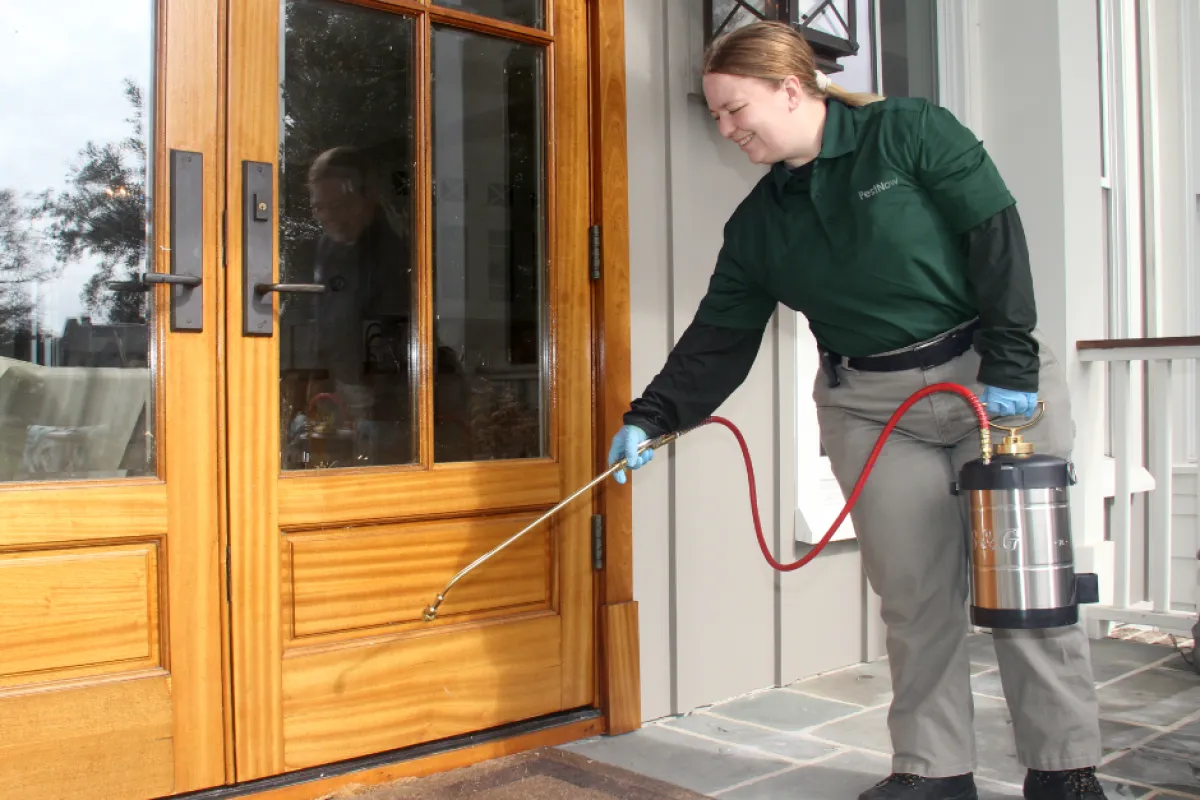Bed Bug Treatment Break Down: Comparing Chemical Vs. Non-Chemical Solutions
In the world of parasite control, especially when managing the consistent issue of bed bugs, the choice in between chemical and non-chemical therapy options can be an essential one. Both techniques use unique advantages and downsides, influencing aspects such as effectiveness, safety factors to consider, and total cost. By analyzing the nuanced information of each technique, a more clear understanding of which course to seek in dealing with a bed bug problem can be obtained.
Effectiveness of Chemical Therapies
Chemical therapies for bed insect invasions have been extensively acknowledged for their powerful and rapid efficiency in eliminating these pests. When thinking about the effectiveness of chemical treatments, it is essential to understand that they can provide a detailed and quick service to a bed pest issue.
Furthermore, chemical treatments have the benefit of offering residual effects, implying that they can continue to get rid of bed insects also after the initial application. This recurring action is specifically helpful in combating any potential re-infestations. In addition, the fast activity of chemical treatments can bring relief to people facing severe bed pest problems, permitting them to regain control of their living areas rapidly.
Security Interest In Chemical Solutions
One critical element that calls for cautious consideration when utilizing chemical options for bed bug therapy is making certain the safety and security of owners and the environment. Direct exposure to certain chemicals used in bed insect therapies can lead to respiratory issues, skin inflammation, or various other damaging responses, particularly in people with pre-existing problems or level of sensitivities.
Furthermore, the environmental influence of chemical solutions is another substantial factor to consider. Some pesticides made use of in bed bug therapies might be hazardous to helpful insects, wild animals, and communities if they seep right into the dirt or water systems. It is important to utilize chemical treatments deliberately, complying with security standards, and thinking about much less hazardous options to alleviate these dangers and ensure the secure and efficient monitoring of bed pest infestations.
Advantages of Non-Chemical Techniques
Thinking about the possible safety and security concerns and environmental effect linked with chemical remedies for bed pest treatment, checking out non-chemical techniques presents an appealing option with numerous distinct advantages. Non-chemical therapies are eco pleasant, as they do not add to air or water pollution, making them a sustainable choice for bug control.
Additionally, non-chemical solutions can be efficient in targeting bed pests, including hard-to-reach areas where chemical therapies may not permeate - A1 exterminator charlotte nc. Techniques such as heat treatment, vacuuming, steam cleansing, and cushion encasements give complete elimination without the use of damaging chemicals.
Limitations of Non-Chemical Treatments

Additionally, non-chemical therapies often call for multiple applications to achieve successful elimination. This can be lengthy and may not constantly guarantee total elimination of all bed pests and their eggs, specifically in hard-to-reach or concealed areas.
In addition, the success of non-chemical therapies heavily counts on proper execution and thoroughness, which can be challenging for people without professional competence. Inadequate application of non-chemical techniques may cause incomplete removal, leading to persistent problems and the requirement for extra treatments.
Consequently, while non-chemical therapies have their benefits, it is necessary to recognize these constraints and consider them when identifying one of the most effective technique for managing bed pest invasions.
Price Comparison: Chemical Vs. Non-Chemical Options
Provided the restrictions related to non-chemical treatments, a vital aspect to review in the context of bed pest administration is the expense comparison in between chemical and non-chemical alternatives. Chemical therapies generally entail the application of pesticides by specialists, which can range from $250 to $900 per space, relying on the seriousness of the invasion and the size of the area to be treated. On the other hand, non-chemical treatments like warm therapy or steam can be more pricey, with expenses varying from $1,000 to $6,000 for an entire home. While the initial cost of chemical therapies may appear lower, numerous treatments might be needed to totally eliminate the problem, possibly increasing the total price. On the various other hand, non-chemical choices might provide an extra lasting and eco-friendly service, although they can be cost-prohibitive for some people. Ultimately, when taking into consideration the expense of bed pest treatment alternatives, it is very important to evaluate the ahead of time costs against the efficiency and long-lasting sustainability of the picked approach.
Conclusion

Thinking about the possible safety problems and ecological influence connected with chemical remedies for bed bug treatment, discovering non-chemical strategies presents an appealing option with several distinct advantages.Given the constraints connected with non-chemical therapies, a crucial facet to assess in the context of bed bug administration is the cost contrast in between chemical and non-chemical alternatives. In comparison, non-chemical treatments like warmth treatment or vapor can be extra costly, with prices ranging from $1,000 to $6,000 for an entire home. While the first price of chemical treatments might appear reduced, numerous therapies might be called for to totally eliminate the infestation, potentially enhancing the overall expense.In verdict, when comparing chemical and non-chemical bed insect treatment alternatives, it is essential to take into consideration performance, safety, benefits, limitations, and cost.
Comments on “Expert A1 Charlotte Bed Bug Exterminator - High Quality Solution Ensured”